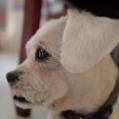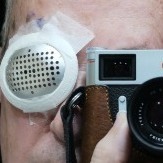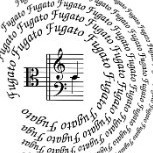Film Recommendations for New Users
-
Recently Browsing 0 members
- No registered users viewing this page.
-
Similar Content
-
- 2 replies
- 299 views
-
- 64 replies
- 5,182 views
-
- 3 replies
- 444 views
-
- 3 replies
- 231 views
-
- 14 replies
- 542 views
-





Recommended Posts
Join the conversation
You can post now and register later. If you have an account, sign in now to post with your account.
Note: Your post will require moderator approval before it will be visible.